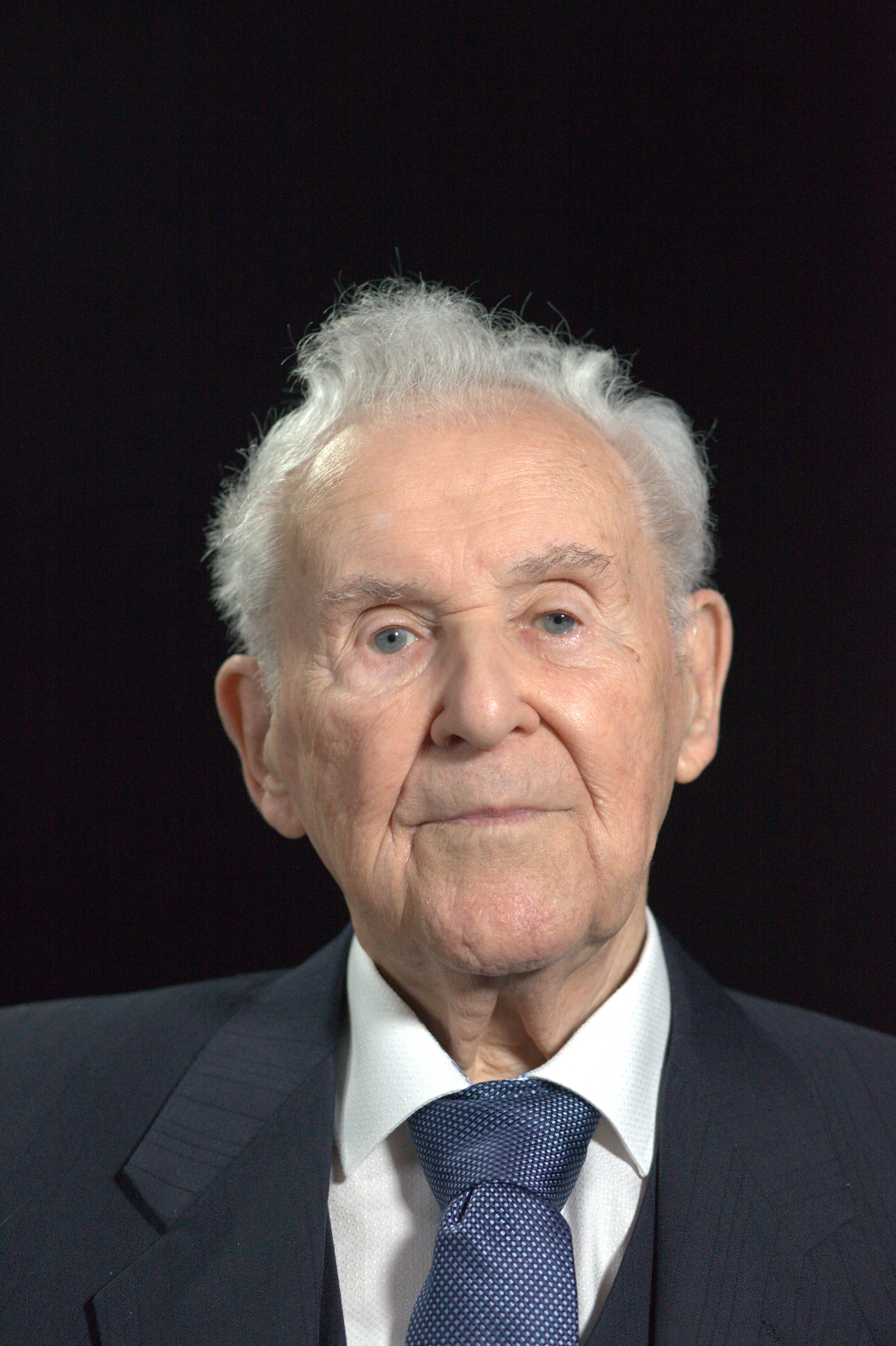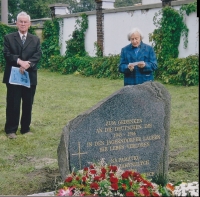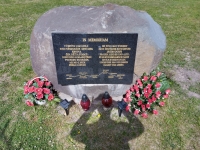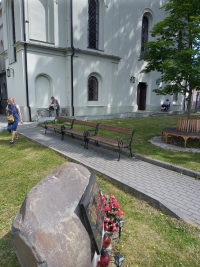We were allowed to build a memorial to the victims of the wild expulsion in front of the synagogue in Krnov

Stáhnout obrázek
We were allowed to build a memorial to the victims of the wild expulsion in front of the synagogue Kurt Schmidt was born on 17 May 1928 in Heřmanovice, grew up in Krnov on Cvilín hill, where his father owned a restaurant. His father was an officer in the Imperial Army, who as a German wasn’t allowed to get a place in the state administration. After the Sudety annexation in October 1938, Adolf Hitler visited Krnov and even Cvilín, Kurt was supposed to hand him flowers, but was too shy and didn’t. At the end of the war, Kurt had a higher position in the Hitler Youth and so successfully avoided being deployed to the front. In early May 1945, his father died in Prague, his mother was sent with the wild expulsion to the Soviet zone in Germany. Kurt spent three weeks in the Krnov internment camp in Opava Street, where he was beaten and tortured. Then he spent a year carrying out forced labour in the Red Barracks in Ostrava. At this time he was also set to work reloading trains in what used to be the Auschwitz concentration camp. He was expelled to Germany in the autumn of 1946. He studied history and classical philology in Augsburg, taught in grammar schools and higher educational institutions, repeatedly visiting the Czechoslovak Socialist Republic with his students. After 1989 he was active in the region of his birth, initiating a number of activities promoting Czech-German reconciliation, he worked with the Krnov mayors as well as the local Jewish community. The Krnov hunger march of June 1945, where about three hundred individuals of German nationality died, was the subject of a memorial he had constructed in 2017, and, in agreement with the Jewish community, it was placed in the grounds of the Krnov synagogue.




